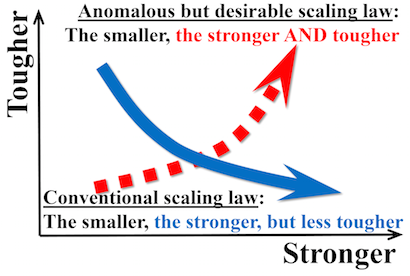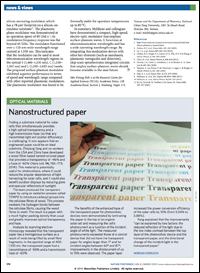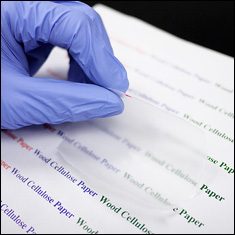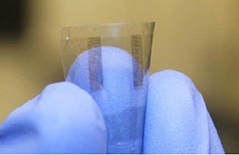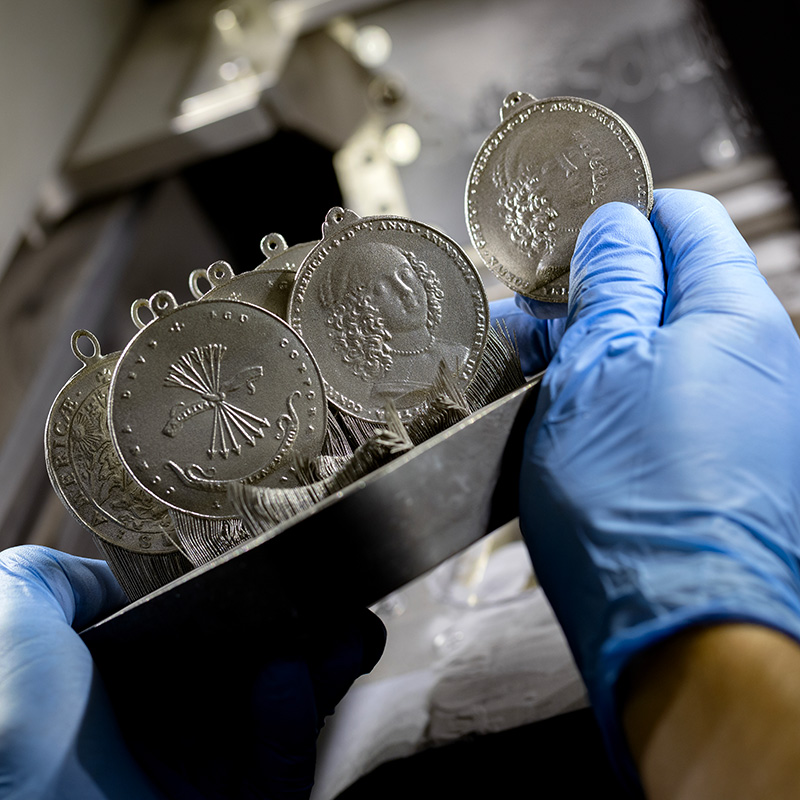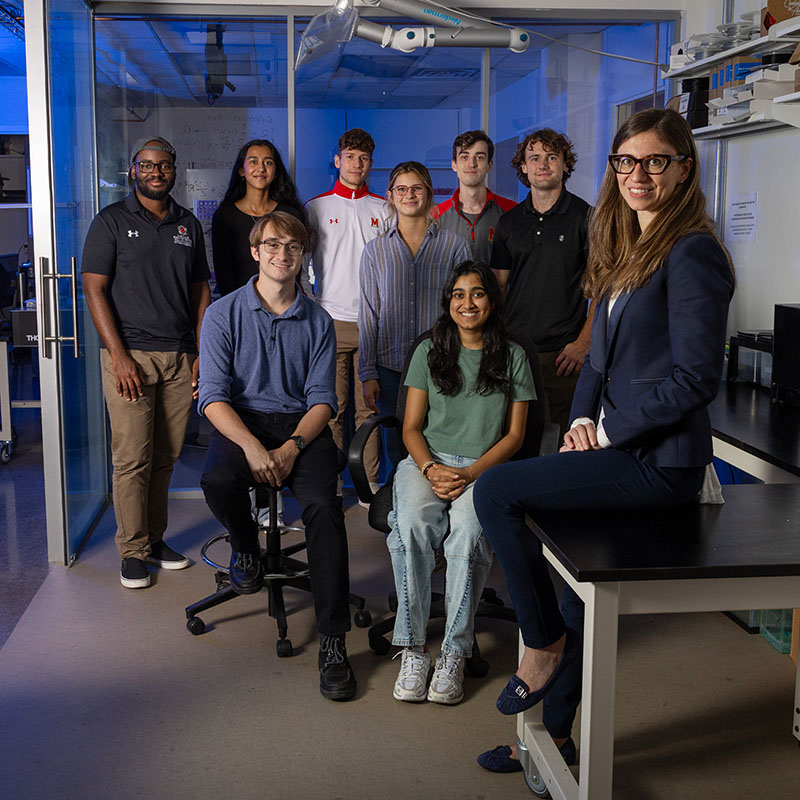News Story
Student’s Presentation of Conductive Nanopaper Featured in MRS Meeting Scene
A presentation on transparent, conductive nanopaper by Department of Materials Science and Engineering (MSE) graduate student Colin Preston was highlighted in MRS Meeting Scene, the Materials Research Society's e-bulletin covering “the very best” its major conferences have to offer.
Preston, advised by Assistant Professor Liangbing Hu (MSE and University of Maryland Energy Research Center), presented his work on day three of the MRS’ annual Fall Meeting in Boston, Mass., at Symposium W: Photon Management for Photovoltaics.
“Highly Transparent and Conductive Nanopaper Electrode with Enhanced Light Scattering” described the latest developments in the Hu Group’s efforts to cut down on electronics waste by creating a conductive material that is also sustainable and biodegradable: nanopaper. Like ordinary paper, nanopaper is made of wood pulp fibers, but they have been broken down into nanoscale lengths. The fibers, now a network of nanofibrillated (tangled) cellulose (NFC), reduce the paper’s ability to scatter light, making it 90-95% transparent. Previously the Hu Group discovered that the addition of a carbon nanotube coating made the paper very strong and highly conductive, which could allow it to be used for printed electronics (such as circuit boards) and in products that require a lightweight construction.
In his presentation, Preston explained that while the original nanopaper has a lot to offer, the extraction of NFC from ordinary paper fibers consumes both time and energy. The next generation of the Hu Group’s nanopaper doesn’t require NFC. Instead, the cellulose fibers are “detangled” or “unraveled” using a process called tempo-oxidation, and they become “nanoribbons” of cellulose instead of the much shorter nanofibrils. The nanopaper made from these ribbons 91 percent transparent, strengthened using surface oxidation, and includes a layer of silver nanowires that give it conductivity.
The new nanopaper is being considered for use in solar panels because it scatters more light than indium tin oxide, the material currently used. Increased scattering leads to better light absorption, which should ultimately lead to a more efficient solar panel.
For More Information:
“Tracing paper boost for solar cells.” James Urquhart covers the use of the Hu Group's transparent paper in solar cells for Chemistry World.
Published December 12, 2013

